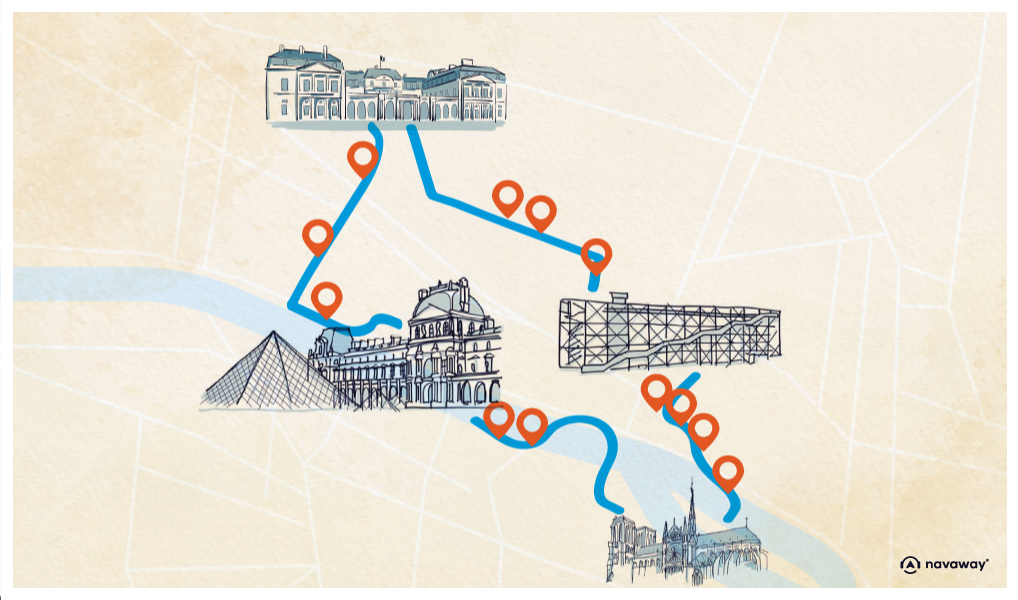
Louvre Palace
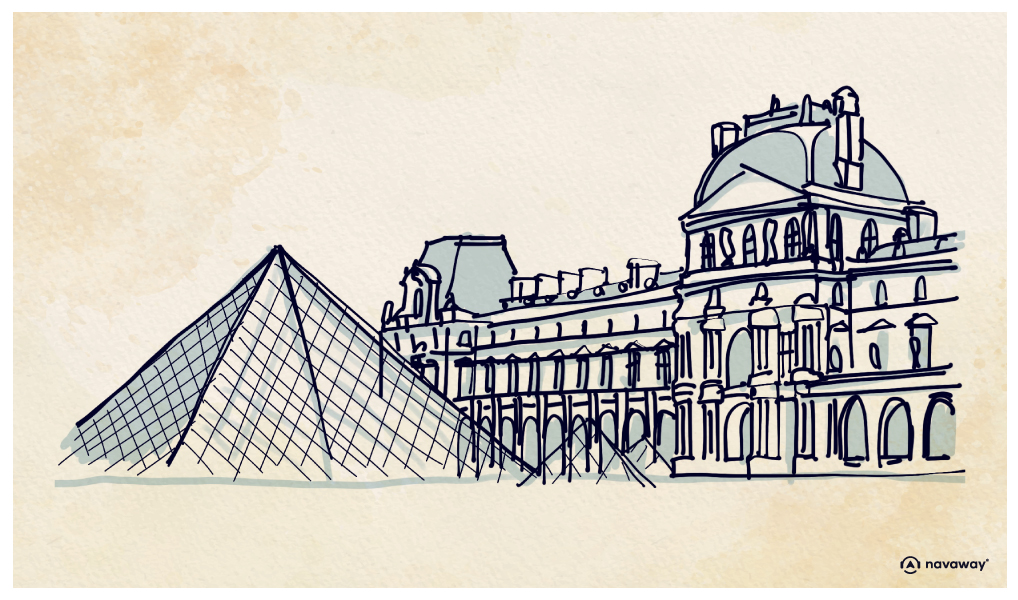
This point of interest is available as audio on the tour: Visit Paris, From the Mona Lisa to the Notre-Dame Cathedral
You’re standing before the iconic Louvre Pyramid! The Louvre Museum is the world’s largest and most visited museum of art and antiquity, attracting over 10 million visitors each year. It’s France’s top-earning tourist site. Among its most famous exhibits are the Mona Lisa, the Venus de Milo, and the Code of Hammurabi. It was president François Mitterrand who decided to transform the entire palace into a museum; part of it was then occupied by the Ministry of Finance. He assigned the project (without any formal architectural competition) to Ieoh Ming Pei, an American architect of Chinese origin. He chose the Cour Napoléon, where you are now standing, as the new entrance, and had the controversial Louvre Pyramid built here. But did you know that it was Napoleon’s idea to build a pyramid in this courtyard? It was to be erected in honor of the emperor, as revealed in an 1809 document called “Memoir on Two Great Obligations to Be Fulfilled by the French” (Mémoire sur deux grandes obligations à remplir par les Français.) It was written by Bernard François Balzac (yep, that’s Honoré de Balzac’s father). They probably didn’t plan for it to be made entirely of glass, but it is what it is. Napoleon got his pyramid and that’s what counts. But what was the Louvre Palace before all this global fame?
Well, its history dates back to the 12th century, when Philippe Auguste decided to build a fortress on the banks of the Seine to better protect Paris. Then, in the 14th century, Charles V made it a royal residence. Not many kings lived here, however. In the 15th century, Francis I settled here for good. He had Pierre Lescot renovate the entire place and transform what was still a traditional medieval castle into a magnificent Italian-inspired Renaissance palace. Henry IV had even grander plans, aiming to connect the Louvre to the now-defunct Tuileries Palace. This project became known as the Grand Dessein. But beyond its royal function, the Louvre also became a hub for art and culture. You see, the king wanted to be seen as a cultured individual with a keen interest in art. And so, he created a library to showcase his precious collection of books and manuscripts. Louis XIV, who wasn’t too fond of Paris, settled in Versailles. He too was passionate about art in all its forms, and the French culture owes him a debt of gratitude. He was a true patron and protector of the artists of the time and put a great deal of money into transforming the Louvre into a museum. During the French Revolution, the National Assembly decided to speed things up. And so, the museum opened its doors in 1793 as the “Muséum Central des Arts de la République,” the Republic’s Museum of the Arts. Back then, it housed a total of 660 works. The collections continued to grow, after wars, donations, bequests and famous archaeological discoveries. Today, it spans 72,000 m² and you’ll need a full day to admire all of its world-class masterpieces.

Discover other tours to visit Paris

Discover Paris with app
An interactive guide through the most beautiful streets, squares, and districts
22 fun audioguides full of historical facts, anecdotes, and legends
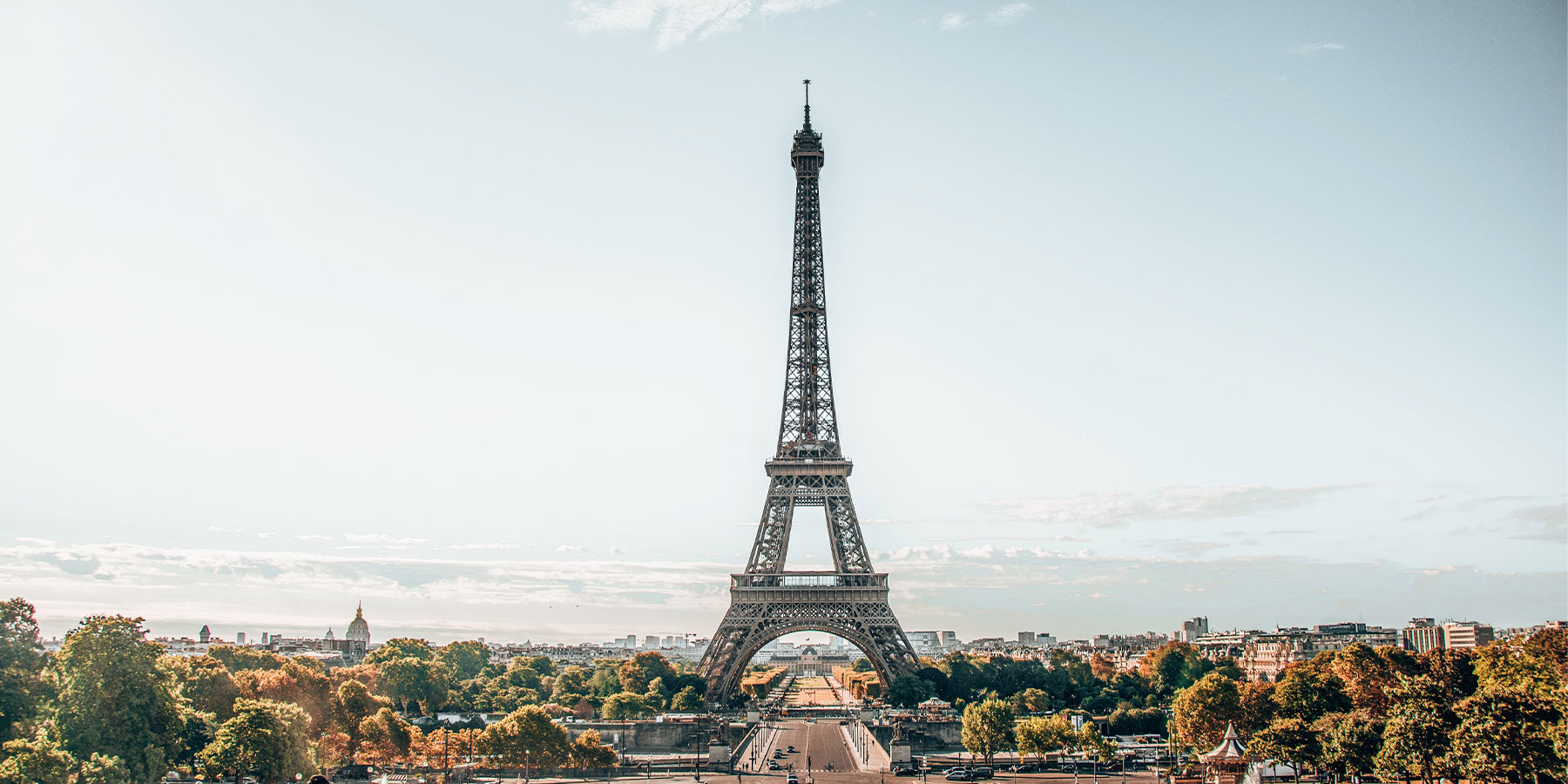
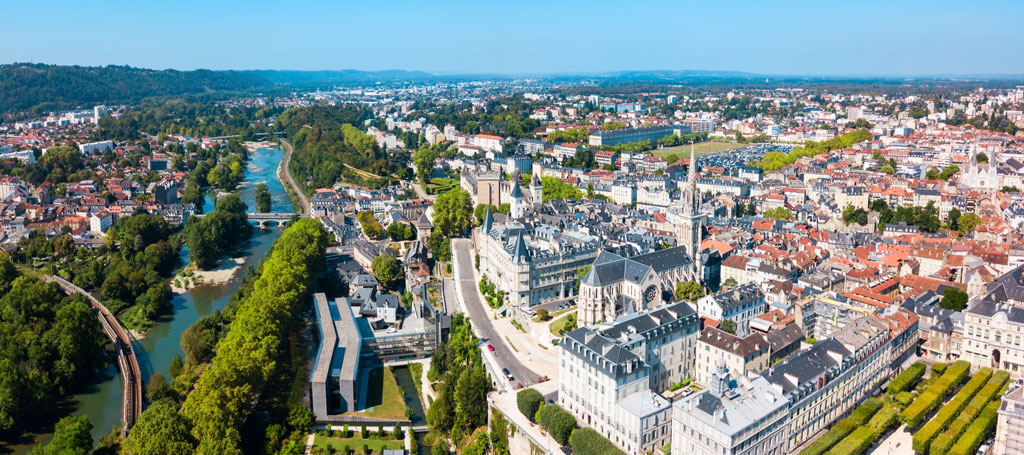
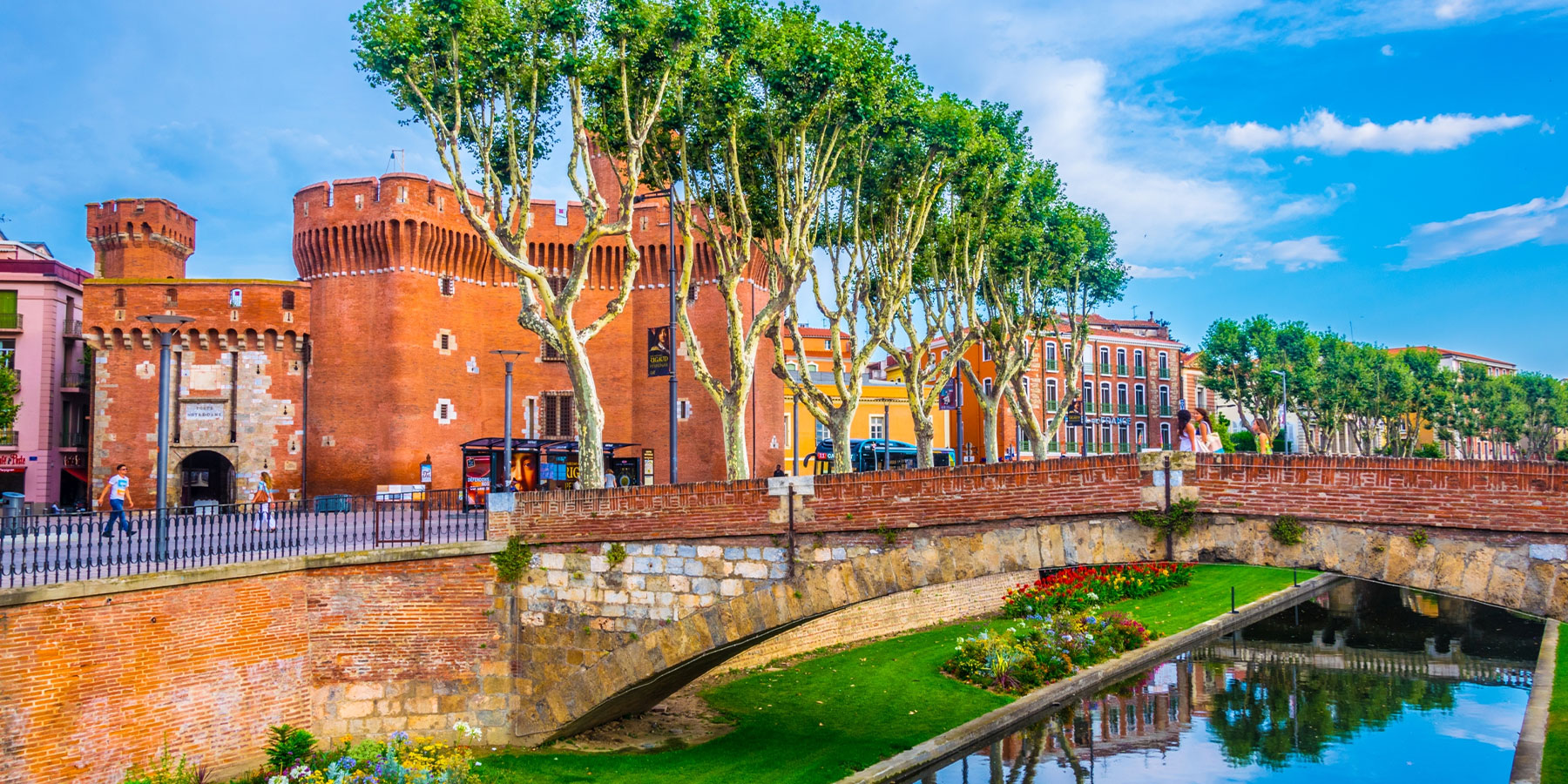
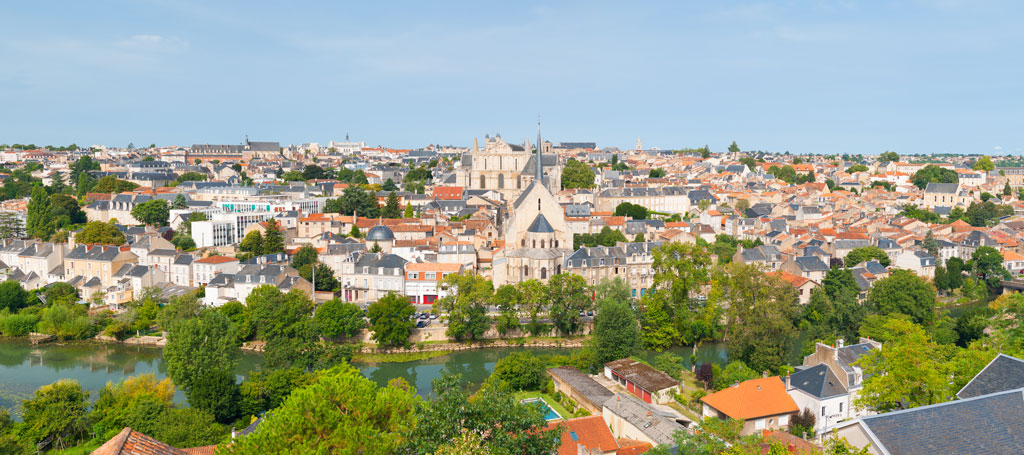


Comments